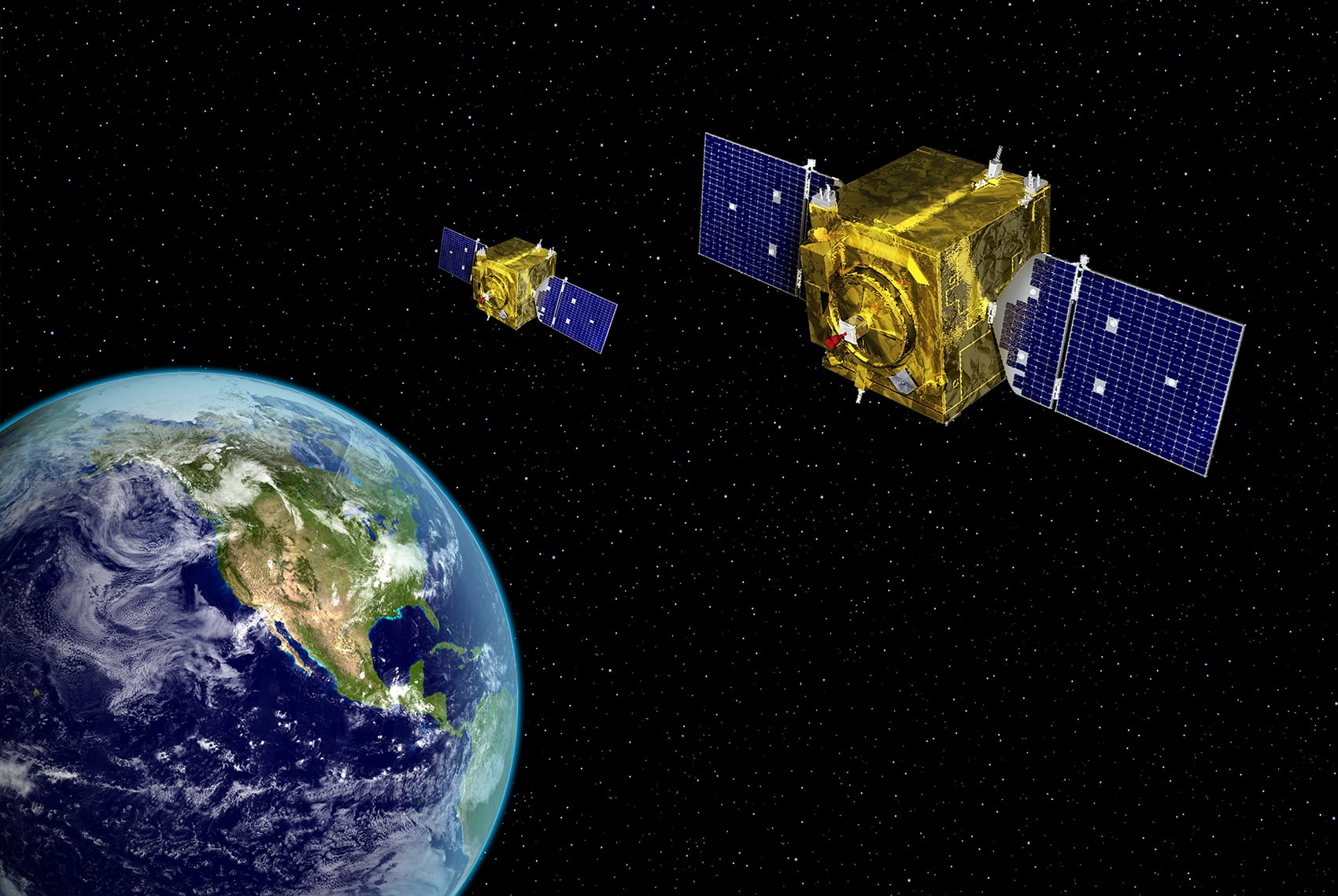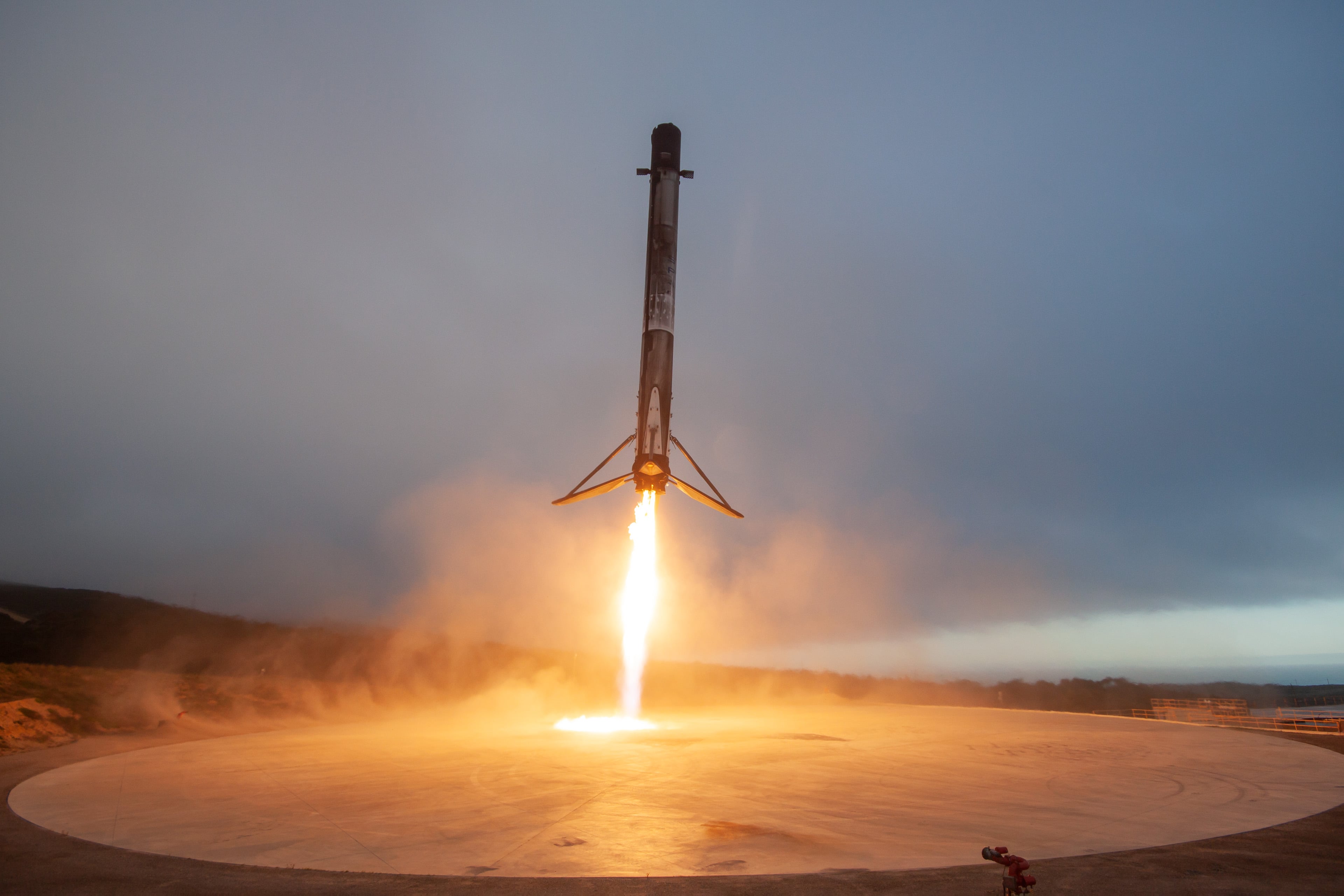The Department of Defense would spend an additional $1 billion on C4ISR systems in fiscal 2019, according to the president’s budget request released Feb. 12
For fiscal 2018, the White House requested $8.6 billion in C4ISR systems. The fiscal year 2019 budget asks for $10 billion.
The request mirrors what the Pentagon’s senior leaders have been saying for years: that providing resilient networks and denying enemies the use of their networks is a top priority.
Of the $10 billion request, the budget breaks down C4ISR into sub categories to include;
- $5.7 billion for theater services
- $1.3 billion for technology development
- $1.2 billion for information security and assistance
- $1.1 billion for base communications
- $0.7 billion for automation.
“Investments will prioritize resilient, survivable, federated networks and information ecosystems from the tactical up to the strategic level,” budget documents for fiscal 2019 read. “Investments will also prioritize capabilities to gain and exploit information, deny competitors those same advantages, and enable the DoD to attribute non-kinetic attacks and to hold accountable adversaries attempting to exploit deniability.”
In the arena of advanced autonomous systems, the budget request notes the Defense Department “will invest broadly in military application of autonomy and artificial intelligence, including rapid application of commercial breakthroughs, to gain competitive military advantage.”
Unmanned systems
The budget request also notes that of $55.2 billion for aircraft related systems, the White House is asking for $3.4 billion for unmanned systems.
These unmanned systems include the Army’s and Special Operations Command’s MQ-1C Gray Eagle, the Air Force’s MQ-9 Predator, the MQ-4C Triton, RQ-4 Global Hawk and the Navy’s MQ-25 Stingray carrier based refueling aircraft.
Contractors submitted their bids late last year for the Stingray with the Navy expected to make an award on the highly anticipated program later this year.
The DoD budget requests $683.9 million for the Stingray. The documents note that the FY 19 program will begin to ramp up efforts on the airframe, propulsion, avionics and payload.
Mark Pomerleau is a reporter for C4ISRNET, covering information warfare and cyberspace.








